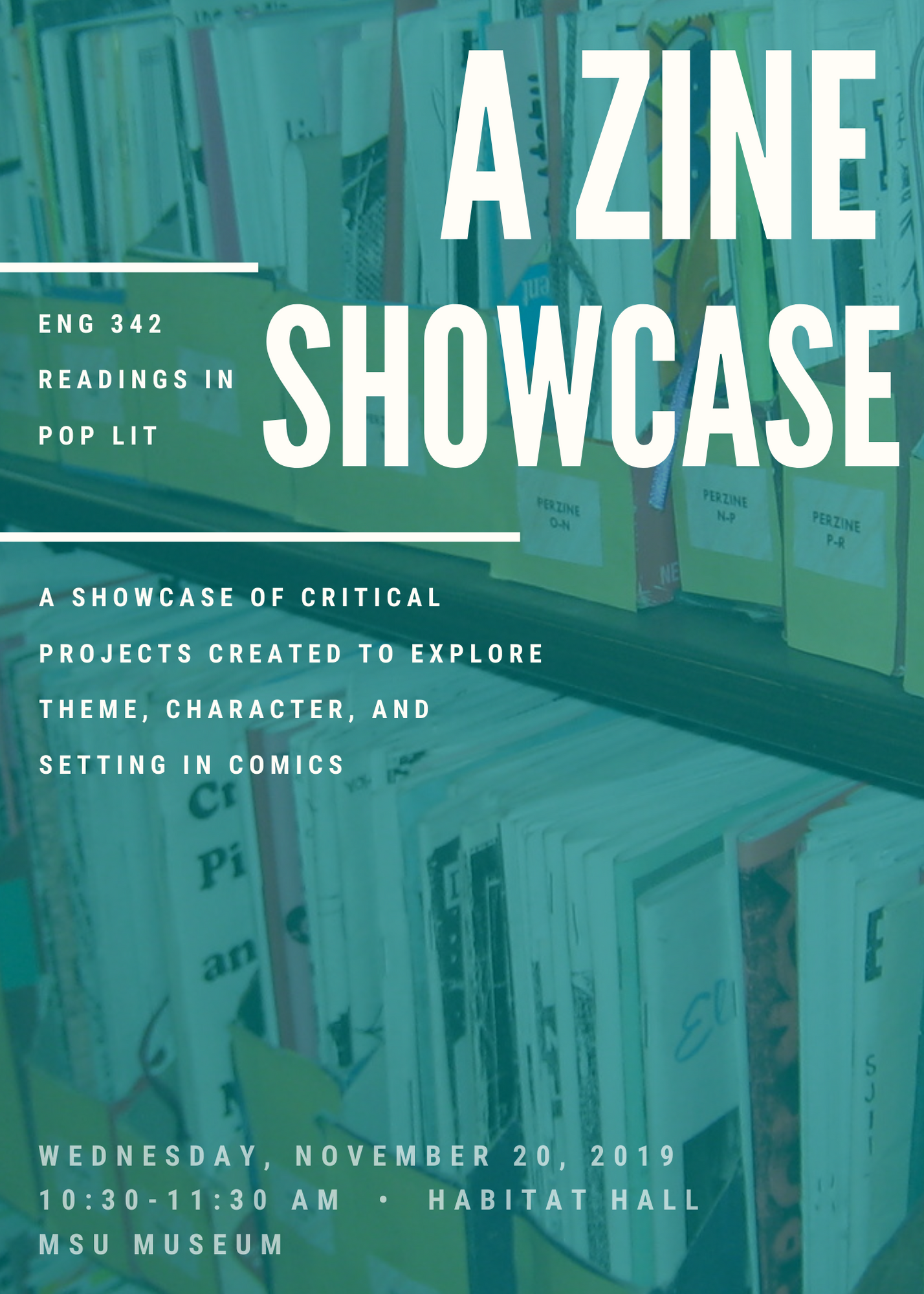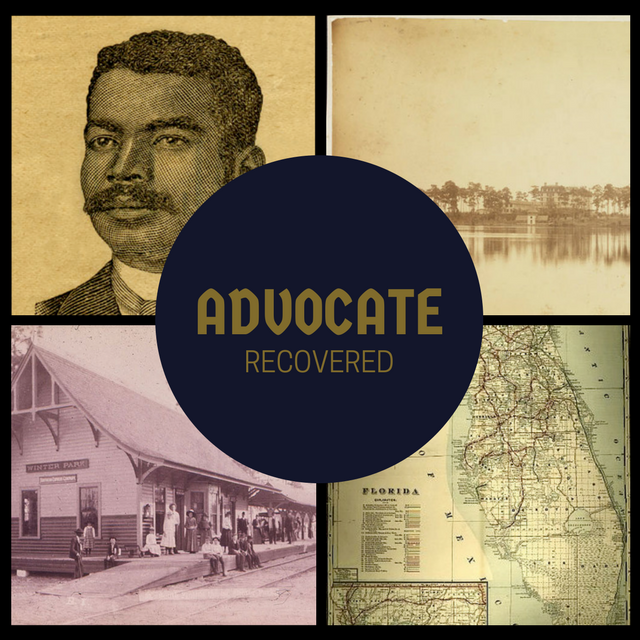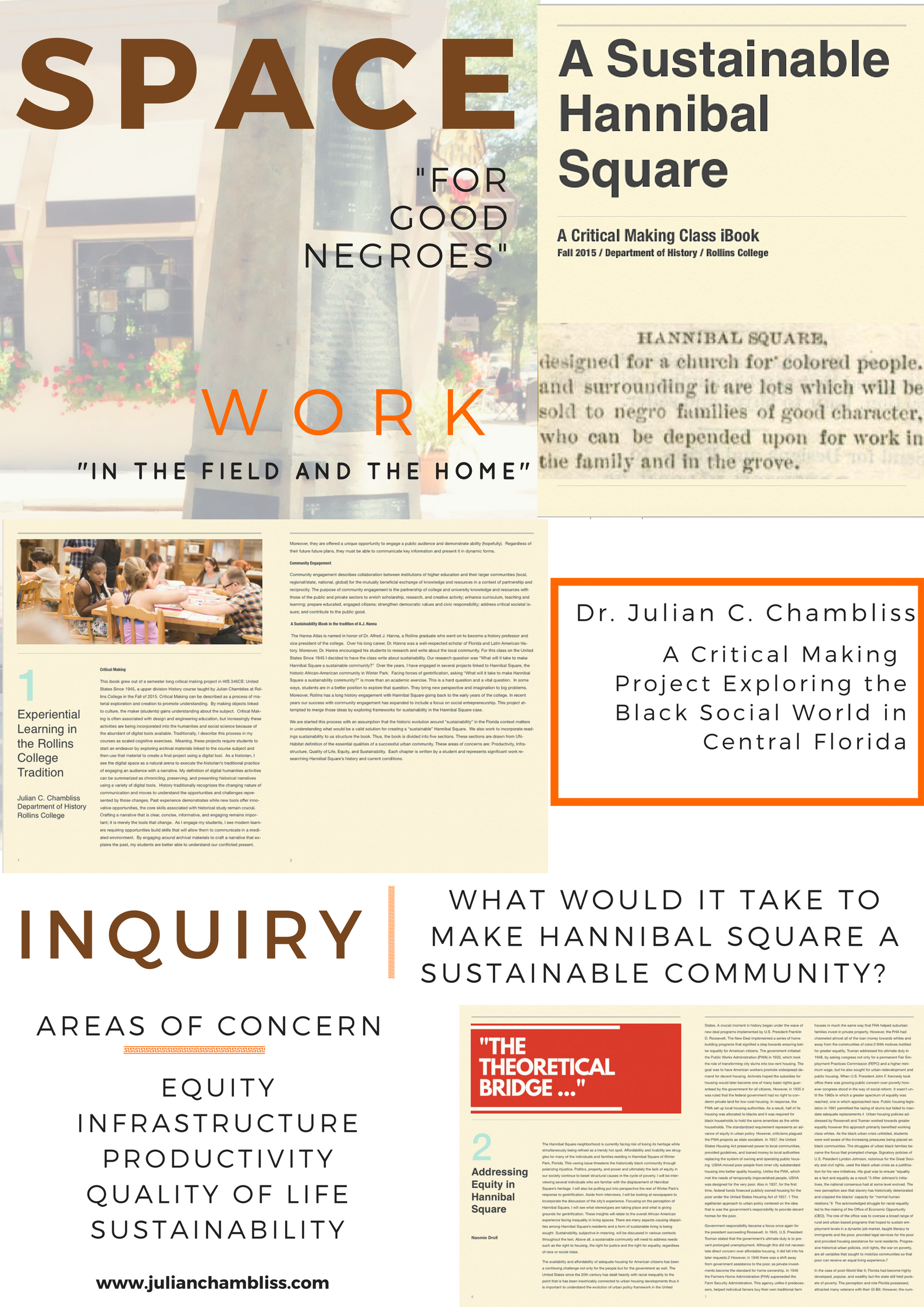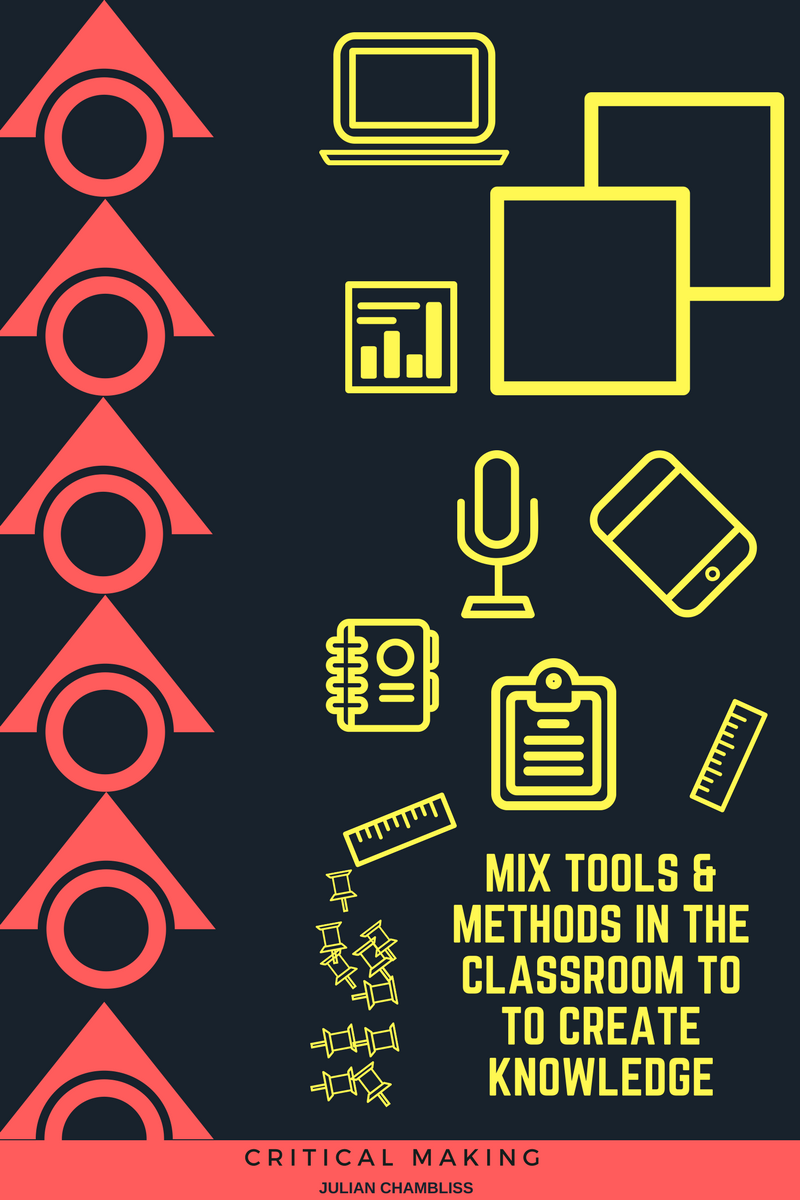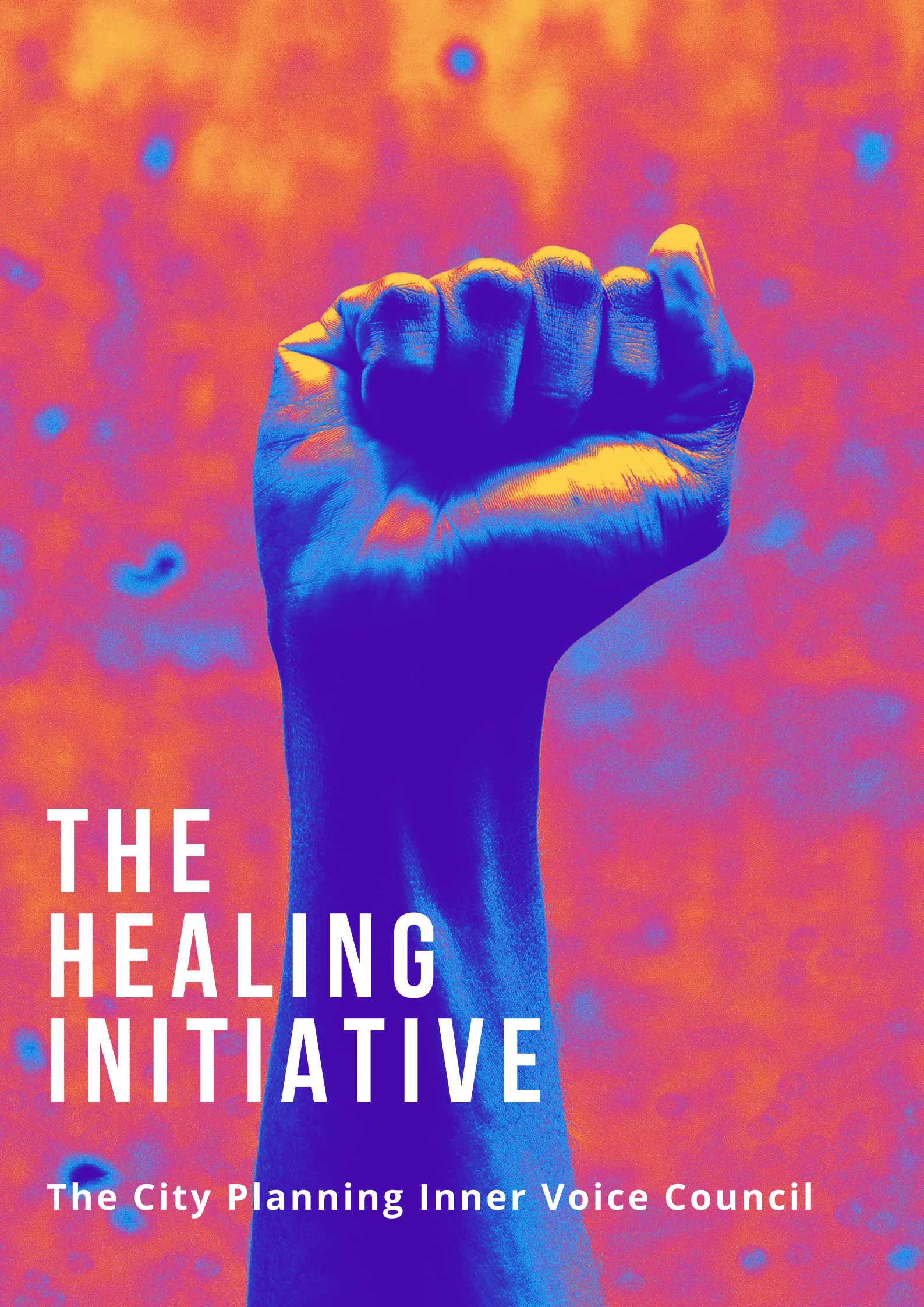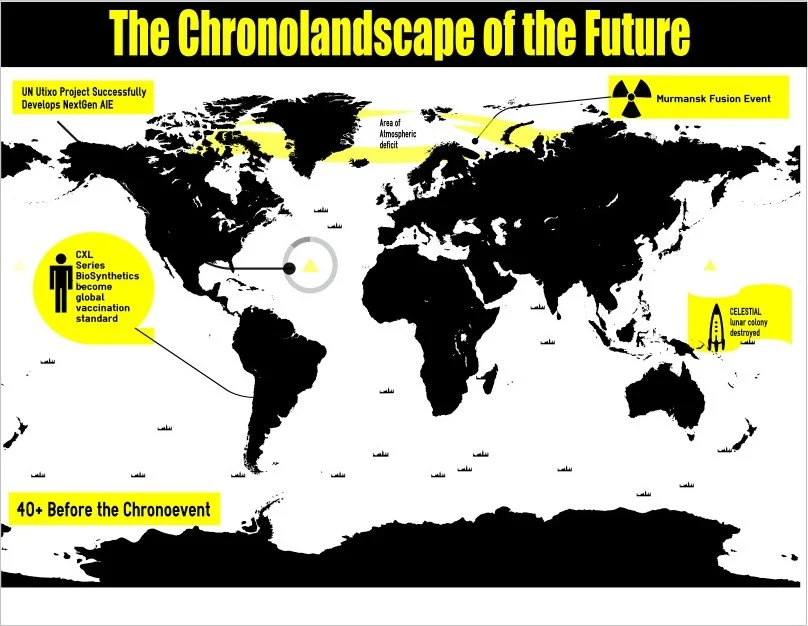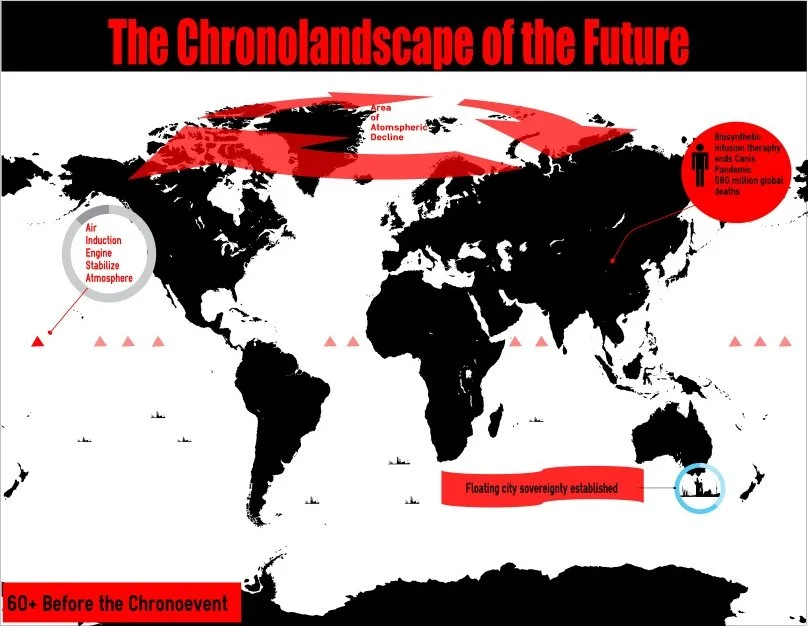I used the term Critical Making to describe hands-on experiential learning activities in and out of my classes. Creating a narrative of those experiences for students and the public often involves visually capturing ideas and themes.
The Law Trials is an ongoing critical making project that explores the rapidly evolving landscape of generative AI. For me, it is a hands-on approach to understanding technology by creating with it. As an educator, I integrate AI tools, including open-source models, into my general education courses to help students engage critically with emerging technologies and the ethical choices they entail. This project examines how frameworks for evaluating AI can foster deeper learning and highlight how the tool might be leveraged for creative visioning. Drawing on Afrofuturist perspectives drawn from my own writing and others, The Law Trials challenges the LLM to imagine solutions to a variety of real-world situations. You can follow the project through my Afrofantastic newsletter.
MAKING: In and Out of the Classroom
Future Bear (2012)
WHAT IS A FUTURE BEAR?
In the first “issue” of this collaborative project between Rachel Simmons and I, we meet our hero Future Bear as she prepares to leave the future for the past. Her mission, to save our planet from the ravages of climate change, is only vaguely hinted at by scientists Skallgards and Bush; in fact, as the story develops, it seems clear that she will need to find her own strategy to complete the mission. When she arrives at her destination in the past, however, she is without her gear, lost, and in trouble. Will she survive this initial encounter with humans from our time? And if she does survive, how will she convince us to save ourselves from a future without hope? Rachel Simmons created the Future Bear piece during a 2008 workshop at Anderson Ranch, just months away from my first visit to Antarctica and polar exploration was on my mind. I was reading the epic adventures of explorers like Shackleton, Amundsen, and Scott, enthralled with the grand narratives and heroic figures of their life or death experiences. After a few more works featuring Future Bear and a 2010 TEDx talk in which Rachel Simmons described the polar bear as a visual symbol for our struggles to act on global climate change, Rachel became interested in expanding the Future Bear pieces into a narrative. As a co-presenter at the TEDx, I saw an opportunity to write my first comic script. Since then, we have enjoyed the benefits and challenges of working collaboratively with students and members of our community.
You can learn more about Future Bear at the dedicated website.
Digital Flashback (2014)
What can we say about the past? This tweeter simulation was created in my Decade of Decision: The1890s course at Rollins College in 2014. The 1890s were a pivotal period for the United States and event in the local community mirrored the changing racial dynamic associated with the rise of Jim Crow segregation. As was my practice, I sought a way to explore this local context using primary source documents, but also bring attention to the story of black political disenfranchisement. This simulation asked students to imagine it was 1893 and talk about the social, political, and economic circumstances facing the community. This was an archive-centric assignment, but it was a crucial step in the development of the Advocate Recovered project. it was this project that allowed me to see the many narrative locked in the Winter Park Scrapbook and how many of those snippets might be linked to this seminal African American newspaper.
The World of Future Bear (2014)
The World of Future Bear (TWFB) is a series of worldbuilding artifacts I created as I developed the second issue of Future Bear. These elements were designed to “dominate” the wall as Future Bear was envisioned as a gallery-based installation. While the second issue did not materialize, I think these elements gave me a chance to explore speculative frameworks that engaged with social, political, and economic trends at the forefront of my mind in 2014.
The Chronolandscape of the Future was a series of visual maps showing how environmental damage, asymmetrical warfare, and shifting geopolitical alliances create an uncertain future sixty before the Future Bear arrived in 2012.
Old Horrors, New Actors: The Origins of the Oceania War (s)
Crafted as an encyclopedia entry, “Old Horrors” offered a history of future warfare, triggered in part by environmental crisis.
Save the Future?
Save the Future offered a news story about the aftermath of the “chronoevent” that sent the highly advanced bear into the past.


